|
由KOKO事务所设计的Fahle house是近年来爱沙尼亚经济繁荣发展下最具代表性的建筑之一。从建筑设计的角度来看,它野心勃勃;在地产开发商的眼中,它危险冒进;而对于旧建筑保护来说,它充满争议,广获大众关注。建筑位于机场和塔林市区之间的门户区域,吸引了每个经过这里的人的目光。Fahle house曾经是造纸厂的一部分,它的前身是由Erich Jacoby设计的高大的石灰岩锅炉房,它是当年这里最醒目的建筑之一。 Fable house, which was designed by KOKO, is one of the characteristic examples of architecture during the recent economic boom in Estonia. It is a building that from an architectural point of view was ambitious, from a real estate development point of view risky, and from the heritage protection point of view controversial and received a lot of attention from the public. Situated at one of the main entrances to Tallinn, between the airport and city centre, Fahle house draws the attention of every passer-by. The building is part of the complex of a former cellulose and paper factory where the most outstanding building is the tall and voluminous boiler house (1926) built from limestone and designed by architect Erich Jacoby. ▽建筑外观, external view of the architecture 重新建造的Fahle house综合体依然拥有一些服务和商业功能,如美容沙龙,餐厅等。而根据KOKO的设计来看,一栋六层楼的公寓被加建在了老锅炉房的石灰岩墙体之上,以满足居住这一主要功能。 The reconstructed Fahle house complex also carries several service and business functions, from beauty salons to a restaurant. Symbolically, the main function of the house is to provide residential spaces because based on KOKO’s designs a six-storey section with apartments was added on top of the old boiler house, on the limestone walls. ▽旧建筑上的公寓, apartment on the historic building 在改建开始的时候原有的内部空间已经被破坏了,这使设计师可以重新规划平面布局。办公和服务用房主要分布在旧建筑中。不同大小的公寓房则被设置在由玻璃围合的新建区域中。新建部分位于旧建筑屋顶上,由钢筋混凝土梁支撑,支撑结构被藏在老锅炉房的墙体里,直达地基。 The interior of the plant had been destroyed by the time reconstruction started and this made it possible to reorganize the internal layout and room division. Offices and service spaces are mainly located in the historical rooms of the plant. Different sized apartments are located inside the new section with a glass facade, on the roof of the former boiler house. The new section is supported by reinforced concrete beams, which have been hidden between the walls of the boiler house and reach down into the subsoil. ▽加建在石灰岩墙体上的玻璃盒子, aquarium on the limestone wall 设计师尝试在适当的地方保留室内的墙地面等历史细节。例如送料斗被部分保留,成为了四楼办公室和住房的组成部分。这些送料斗是用钢筋混凝土制造的,可以将木料直接传送到巨大的锅炉中。锅炉已经被拆掉了,但它们的位置被用圆圈标注在了地面和天花上。 The architects tried to preserve and display the historic interior details and the wall and floor surfaces where possible. For example, the hoppers, which were partially preserved, are part of the fourth floor offices and apartments. These hoppers were funnels made from reinforced concrete, which were used to direct wood mass into the gigantic boilers. The boilers were destroyed but their locations are marked using circles on the ceilings and floors. ▽旧建筑外观, external view of the historic building ▽送料斗 ,hopper ▽ 锅炉位置, location of the boiler Fahle house坐落于塔林的门户区域,以其清晰的设计概念和幽默的建筑造型激发来往者的欲望,鼓励他们去想象自己住在这个巨大的玻璃缸中,俯瞰首都景观。这里提供了一个现代的,时髦且风格独特的居住环境,专为自信,富有的年轻顾客打造,满足精英生活的各种需求。 Located at the gates of Tallinn, Fahle house with its conceptually clear and self-aware yet playful architecture stimulates the desires of the passers-by, encourages them to imagine life in this large green aquarium with the best views in the capital. It is a modern, chic and stylish living environment, which is meant for a self-aware, wealthy, youthful customer, and an environment that supports and cultivates an urban elitist life-style. ▽总平面,Site Plan ▽平面图,Floor Plans ▽剖面图,Section 转载请注明出自别墅设计网:https://tuzhizhijia.com/ 千套别墅设计带别墅图片 |
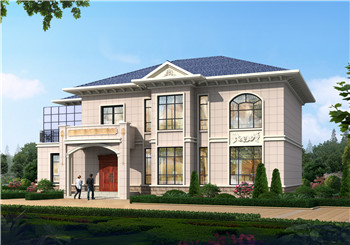 全套欧式二层别墅设计cad图纸,含效果图,带车库
占地:211平方米
全套欧式二层别墅设计cad图纸,含效果图,带车库
占地:211平方米
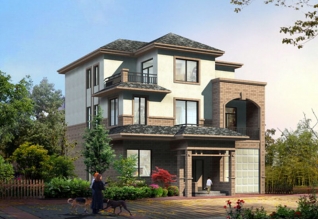 110平方米新农村三层房屋设计图纸,含效果图,带车库
占地:113平方米
110平方米新农村三层房屋设计图纸,含效果图,带车库
占地:113平方米
 120平面三层乡村楼房设计图及效果图,欧式风格
占地:120平方米
120平面三层乡村楼房设计图及效果图,欧式风格
占地:120平方米
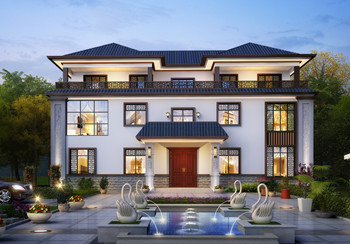 2019新中式农村三层别墅图,外观漂亮,看一眼就爱上
占地:240平方米
2019新中式农村三层别墅图,外观漂亮,看一眼就爱上
占地:240平方米
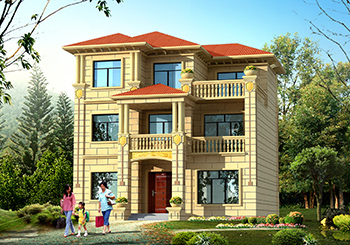 经典的农村三层小楼房设计图,外观图片时尚、精致
占地:100平方米
经典的农村三层小楼房设计图,外观图片时尚、精致
占地:100平方米
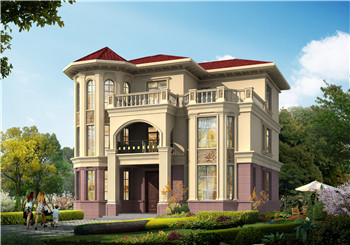 最好看的新款农村三层复式别墅设计图片及设计图,外观高端、大
占地:160平方米
最好看的新款农村三层复式别墅设计图片及设计图,外观高端、大
占地:160平方米
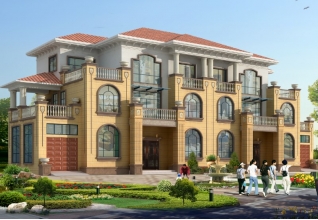 145平方米新农村复式框架三层双拼欧式别墅设计图纸15米x10米
占地:148平方米
145平方米新农村复式框架三层双拼欧式别墅设计图纸15米x10米
占地:148平方米
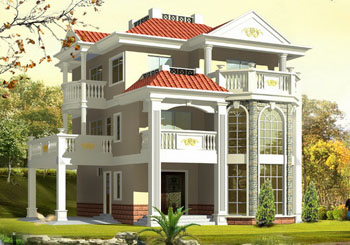 三层复式别墅设计图纸(含效果图),复式住宅设计图精选
占地:147.7平方米
三层复式别墅设计图纸(含效果图),复式住宅设计图精选
占地:147.7平方米
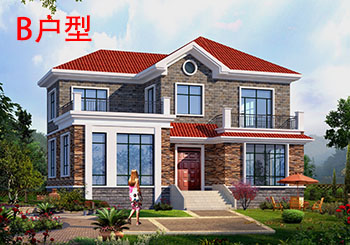 地中海风格二层别墅房屋设计图,带外观效果图
占地:150平方米
地中海风格二层别墅房屋设计图,带外观效果图
占地:150平方米
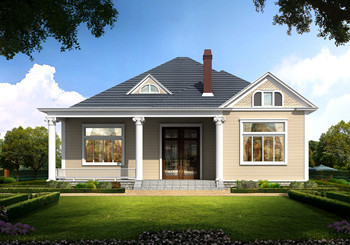 2019农村漂亮的一层平房图片平面图与全套施工图纸,户型周正
占地:150平方米
2019农村漂亮的一层平房图片平面图与全套施工图纸,户型周正
占地:150平方米
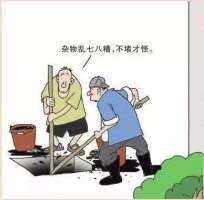 房屋下水管道渗水、漏水、被堵返水,业主到底该找谁?谁负责?
阅读次数:4370次
房屋下水管道渗水、漏水、被堵返水,业主到底该找谁?谁负责?
阅读次数:4370次
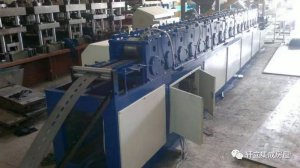 轻钢别墅的详细制作过程
阅读次数:1621次
轻钢别墅的详细制作过程
阅读次数:1621次
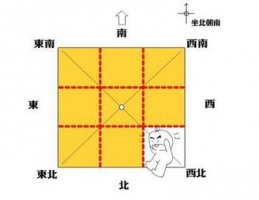 房屋缺角都影响哪些方面?
阅读次数:1378次
房屋缺角都影响哪些方面?
阅读次数:1378次
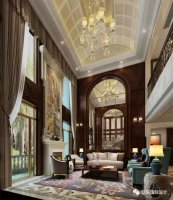 500平独栋别墅设计,优雅的古典之路
阅读次数:1254次
500平独栋别墅设计,优雅的古典之路
阅读次数:1254次
 房屋公摊面积问题引热议:买100平住70平?取暖费、物业费该不该
阅读次数:612次
房屋公摊面积问题引热议:买100平住70平?取暖费、物业费该不该
阅读次数:612次
 40款超美的别墅大门,快来收藏吧!
阅读次数:342次
40款超美的别墅大门,快来收藏吧!
阅读次数:342次
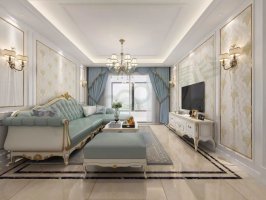 硅藻泥为什么适用于别墅?
阅读次数:269次
硅藻泥为什么适用于别墅?
阅读次数:269次
 房屋拆迁补偿是按户口人数补,还是按面积补?!
阅读次数:244次
房屋拆迁补偿是按户口人数补,还是按面积补?!
阅读次数:244次
